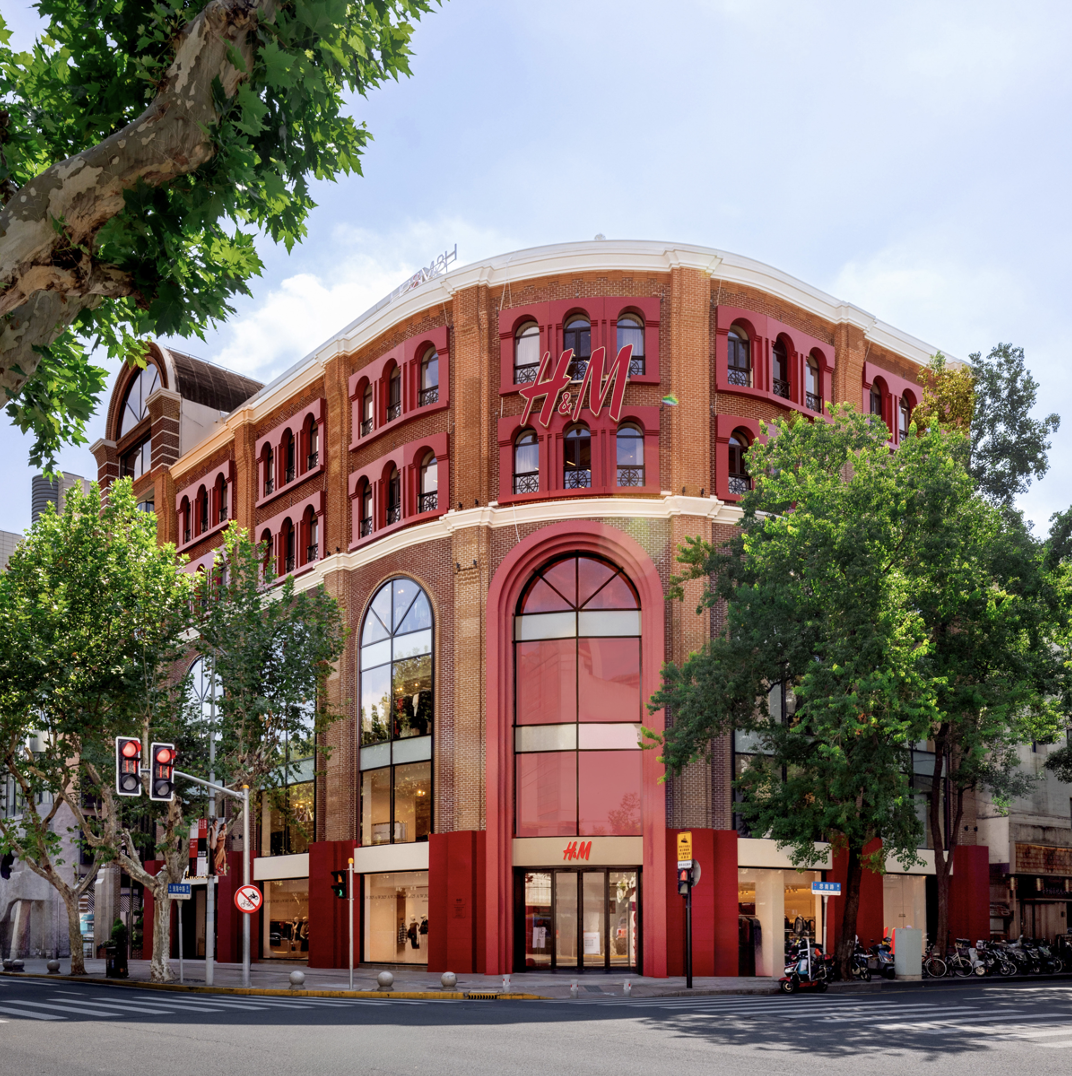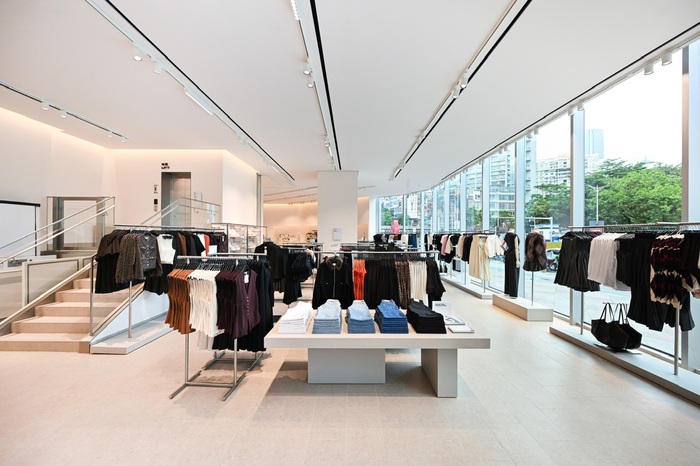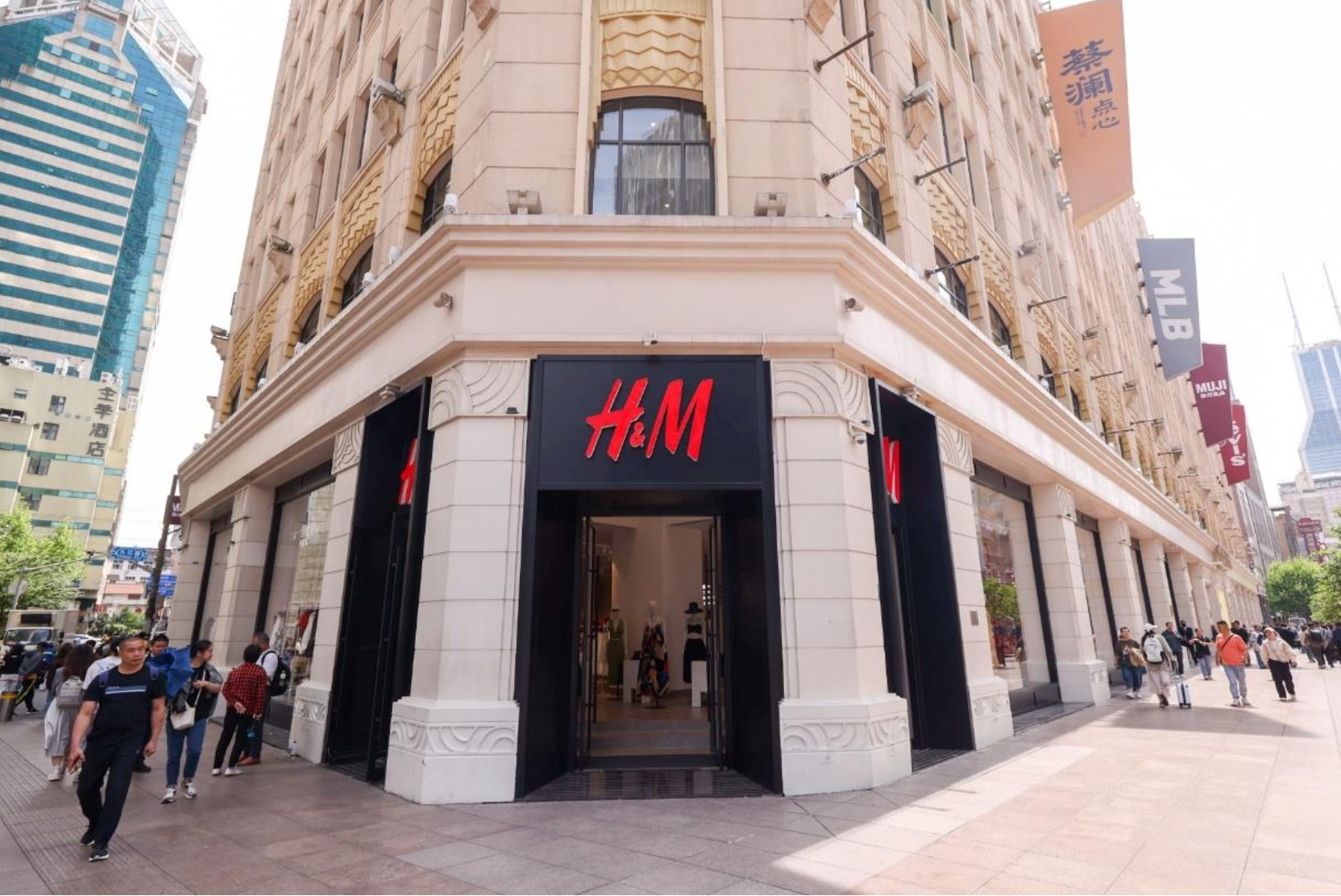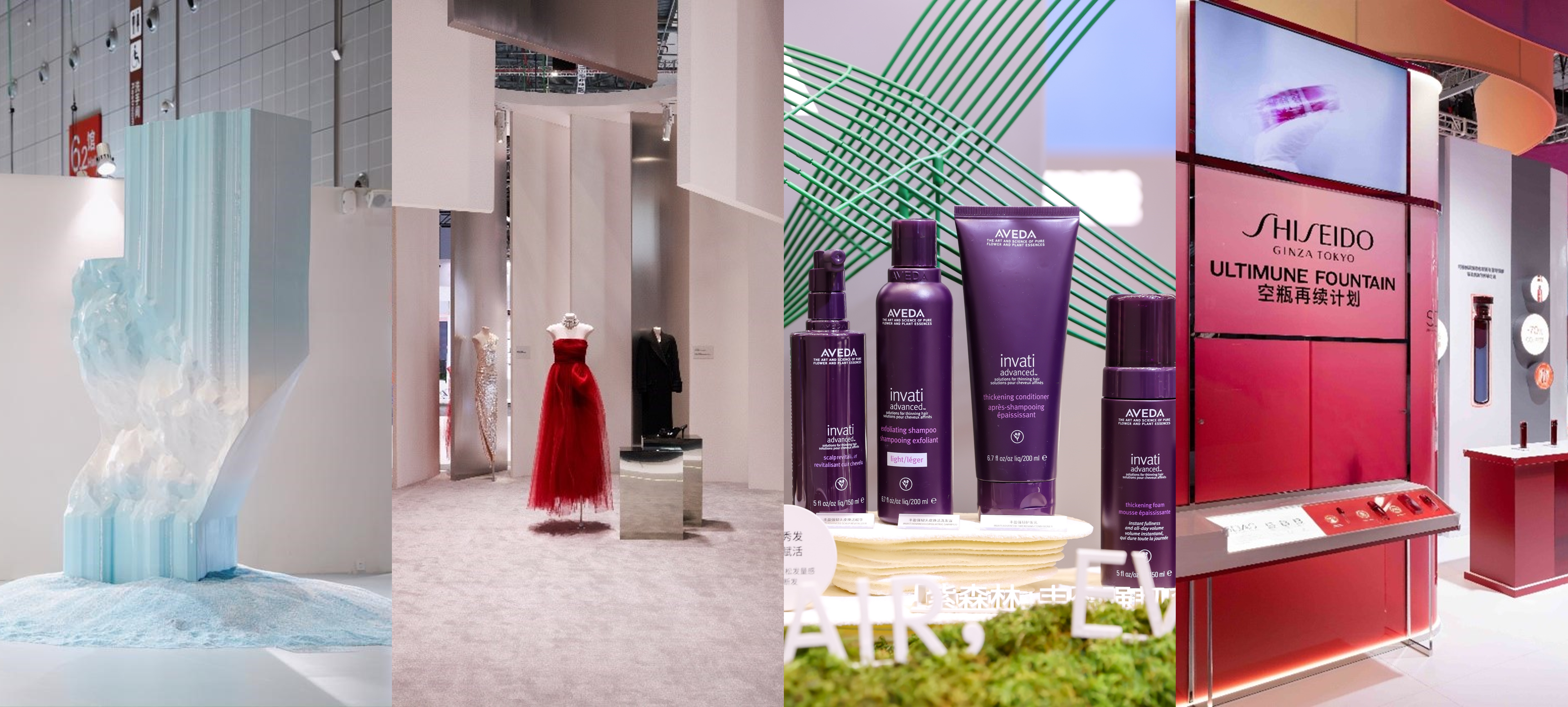Since last year, international fashion brand H&M has been accelerating the optimization of its distribution channels in the Chinese Mainland market. Offline, the company has been focusing on upgrading high-potential stores and closing underperforming ones—its new flagship store, “House of H&M,” which debuted this September on Huaihai Road in Shanghai, is a key initiative in implementing this strategy.

However, while enhancing its brand presence through large-format stores, how can H&M continue to expand market coverage and fill the channel gaps caused by offline downsizing? H&M’s answer: deepening its online presence.
Saed El-Achkar, President of Greater China Retail at H&M Group, once stated, “In terms of digitalization, we continue to strengthen our capabilities, combining our own channels with mainstream e-commerce platforms to provide consumers with a seamless shopping experience and continuously launch stylish, high-value fashion products.”
Just last week, H&M partnered with Tmall to launch a “Super Member Day” campaign, achieving notable results: transaction volume increased 40% year-on-year, member transactions accounted for 63%, and the store’s livestream penetration rate hit a record high.

Since officially launching on Tmall in 2018, the platform has gradually become the core pillar of H&M’s online strategy. For H&M, Tmall has long surpassed the role of a traditional e-commerce shelf—it is not only a key engine of online growth but also the central platform for building a super-user ecosystem. Commercial IPs like “Super Member Day” have evolved beyond simple customer acquisition and reactivation tools to become strategic operational scenarios that strengthen user engagement and drive synergy between branding and sales.
H&M and Tmall: From Collaboration to Co-Creation
For international fashion brands looking to deepen their presence in the Chinese Mainland market, platform partnerships have gone beyond mere channel expansion and are increasingly becoming critical strategic levers influencing long-term brand growth.
The collaboration between H&M and Tmall has evolved into a comprehensive and highly synergistic co-creation relationship. This evolution also reflects Tmall’s upgraded role as a commercial infrastructure: it is no longer just a place for transactions but a vital partner for brands in digital operations, user engagement, and innovation implementation.
Through continuous optimization of platform aesthetics and user experience, Tmall helps international brands like H&M establish a unified, high-quality visual and interactive presence online. This ensures not only efficient transactions but also consistency in brand tone and positioning.
Beyond stable and reliable platform support, Tmall’s deeper value lies in its systematic commercial product matrix—these tools provide brands with targeted empowerment at different stages of growth. Unlike major shopping festivals such as “Double 11” and “618,” which focus on traffic spikes, IPs like “Tmall Super Member Day” aim to offer brands an integrated solution for content communication and sales conversion.
These highly customized “brand events” benefit not only from platform traffic support but also from the brand’s own pacing, leveraging high-engagement formats like livestreaming to systematically amplify brand momentum, deepen consumer awareness, and drive both visibility and sales in tandem.
This past June, H&M collaborated with Tmall’s “Super Fashion Show” to present an immersive runway event titled “Summer Solstice Spectrum” via livestream. The event featured new product launches and exclusive member perks, and through themed lighting designs such as “Lazy Afternoon,” “Romantic Dusk,” and “Silent Midnight,” it connected the texture of clothing to wearing scenarios, strengthening the emotional connection between fashion and mood and vividly conveying the style narrative of H&M’s summer collection.
Moreover, Tmall’s high-quality user ecosystem is a core advantage that continues to attract brands. According to data from this year’s 618 festival, the number of Tmall 88VIP members has exceeded 50 million. This group is characterized by both high purchasing power and strong brand loyalty, providing an excellent foundation for brand conversion.
Today, Tmall’s highly engaged, high-value membership base has become a key driver of online growth for fashion brands. During the recent “Super Member Day,” H&M once again validated the growth effectiveness of this model through its precise member engagement strategy.
Efficient Seeding and Conversion: Turning Traffic into Retention
For fashion brands, a new product launch is not only a key opportunity to drive sales but also a critical touchpoint for strengthening brand awareness and engaging with “super members.”

During this “Tmall Super Member Day,” H&M launched its 2025 Fall/Winter collection online, presenting a range of fashion pieces featuring classic British retro styles with high wearability. Through celebrity outfit showcases, professional styling insights, and a variety of member-exclusive benefits, the brand fully unlocked the commercial value of this online marketing campaign.
Since consumer decision-making in the apparel category heavily relies on sensory experience, livestreaming enables dynamic, multi-dimensional visual presentations, effectively conveying garment details and styling effects. This shifts the shopping model from “people searching for products” to “products finding people,” accurately activating consumer demand and significantly improving conversion rates.
On the first day of the event, H&M brand ambassador Xu Ruohan appeared in the livestream studio to personally model the 2025 Fall/Winter collection, vividly expressing the brand’s aesthetic language. Her participation directly drove multiple pieces to sell out, highlighting the immediate conversion power of celebrity influence. Additionally, renowned stylist Allien Yan, who has styled celebrities such as Tang Wei and Yu Shi, also joined the livestream to offer professional commentary on the collection’s styling concepts, deepening consumers’ understanding of H&M’s brand and design philosophy and further enhancing the seeding effect.

Beyond efficiently completing the “seeding-to-conversion” loop, this campaign also reinvigorated H&M’s membership system and significantly expanded the brand’s private domain assets. Notably, H&M has now fully integrated its Tmall and offline store membership systems, allowing consumers to seamlessly join as members and enjoy cross-channel benefits—greatly increasing both membership enrollment willingness and the overall experience.
Compared with large-scale sales events like “Double 11,” “Tmall Super Member Day” places greater emphasis on allocating premium resources with precision to help brands convert traffic into sustainable user retention and build a highly engaged super-user base.
Public data shows that in 2024, Tmall hosted over 100 Super Member Day events, cumulatively adding nearly 5 million new members for brands and reactivating more than 20 million existing members. On average, 60% of transactions during these campaigns came from members—powerfully validating the effectiveness of this membership-driven model in deepening user value and driving brand growth.
H&M Reshapes Its Channels: Offline Optimization, Online Deepening
Today, the fashion industry in the Chinese Mainland is entering a phase of refined operations. In this context, H&M is actively advancing a dual-track strategy of “offline optimization and online deepening” to systematically enhance the brand’s comprehensive competitiveness in both quality and efficiency.
Since last year, H&M has been intensifying the upgrade of high-potential stores in key cities, including Shanghai, Beijing, Shenzhen, Chengdu, and Guangzhou, establishing a series of fashion landmarks that combine commercial vitality with brand identity. Examples include:
At the end of August, H&M opened its largest flagship store in South China in the historic Dongmen business district of Shenzhen. Spanning over 1,700 square meters, the store features a warm beige color scheme that creates an open and transparent visual impression.

On September 9, the “House of H&M” opened on Huaihai Road in Shanghai, bringing together several innovative retail formats: the debut of the H&M Home collection in offline stores in the Chinese Mainland, the brand’s first-ever flower shop, the H&M&Café coffee area, and the world’s first public-facing H&M&Space exhibition space—perfectly aligning with Chinese consumers’ growing demand for lifestyle aesthetics and experiential shopping.

In the online sphere, H&M continues to deepen its strategic collaboration with major platforms like Tmall, leveraging their evolving marketing tools and technological capabilities to explore new avenues for digital growth.
Beyond creating large-scale branded events such as “Super Member Day,” H&M also utilizes Tmall’s membership system and data capabilities to gain precise insights into consumption trends, optimize product operations, and seamlessly reach and serve members across channels. This effectively fills potential customer coverage gaps caused by offline network contraction and significantly boosts the efficiency of omnichannel operations.
It is evident that H&M’s online and offline channels now form a complementary and synergistic system: offline stores are gradually shifting from sales centers to experiential hubs and brand landmarks, reinforcing emotional connections; online platforms focus on scalable user engagement, precision operations, and efficient conversions. Together, these dual engines are powering H&M’s sustainable growth in the Chinese market.
| Image Credit: H&M Tmall store; provided by H&M official channels



